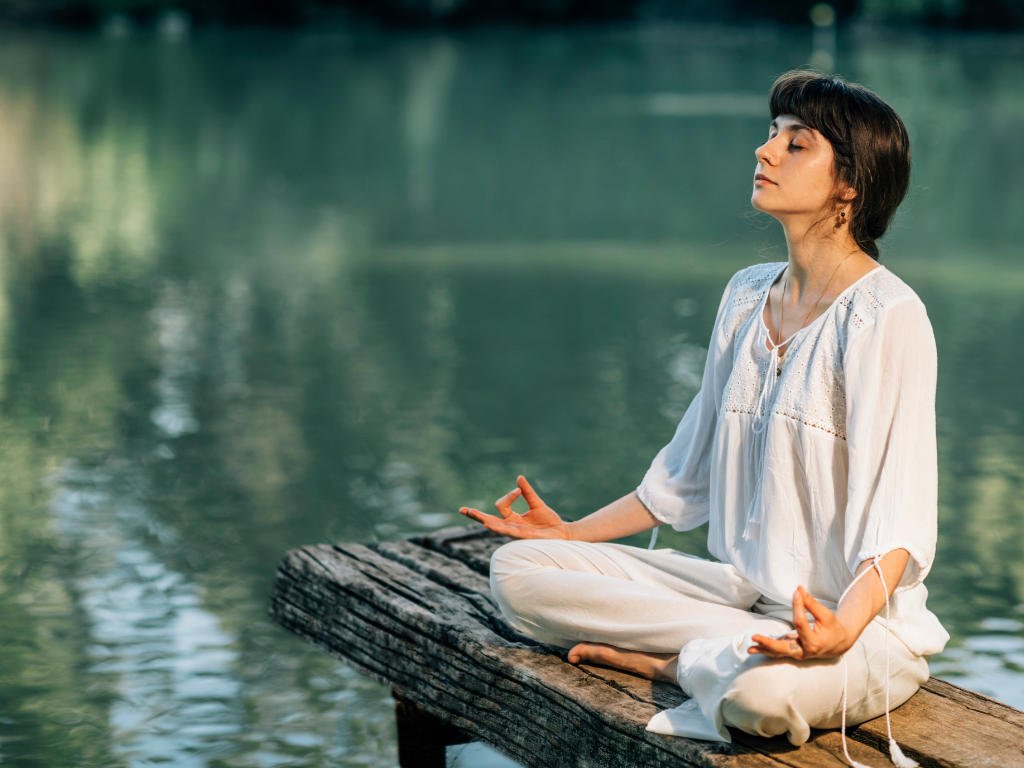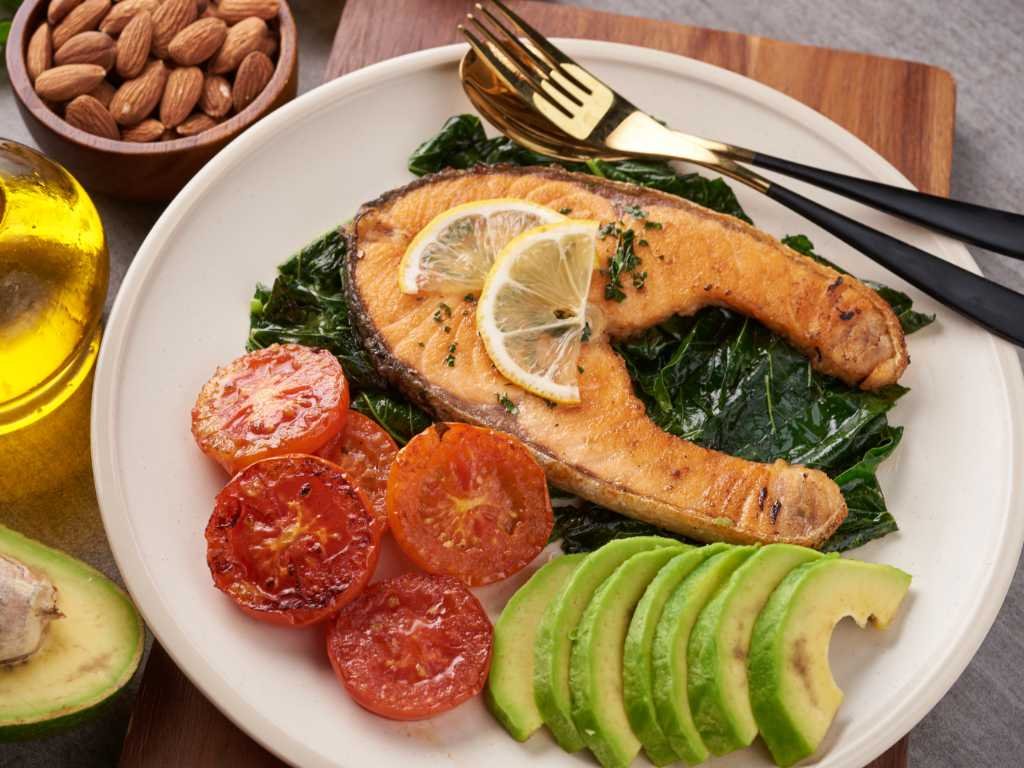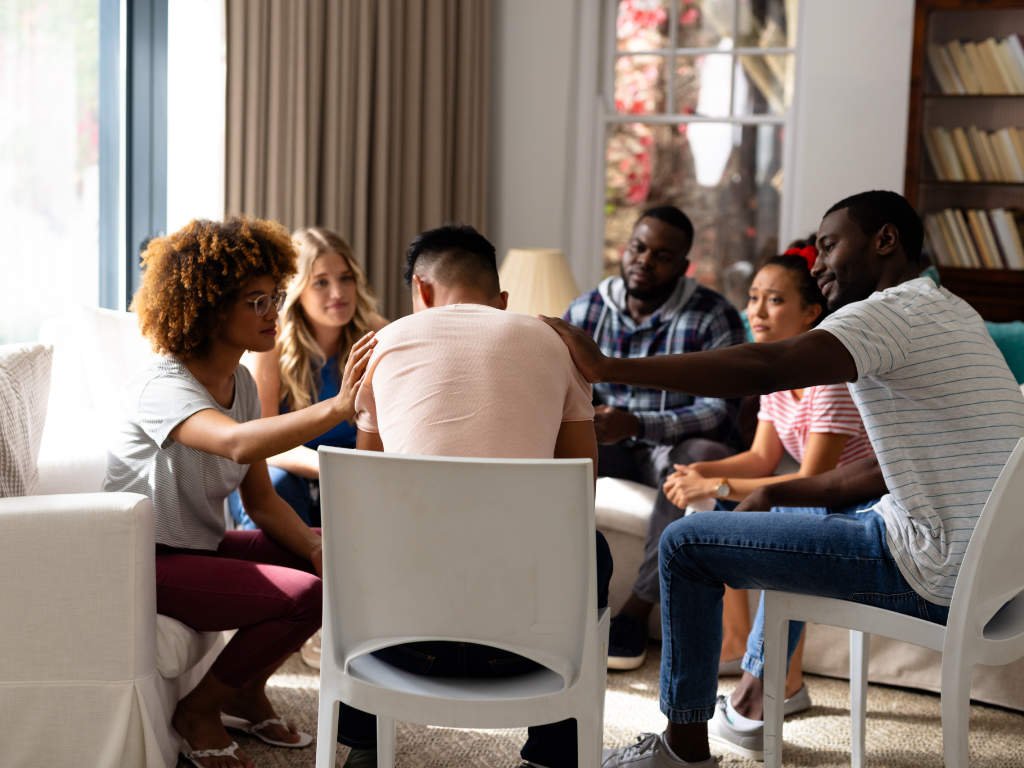Picture this: you’re lying in bed at 2 AM, your mind racing with tomorrow’s deadline, next week’s presentation, and that awkward conversation from three days ago. Sound familiar? If you’re nodding along, you’re definitely not alone. Anxiety disorders affect approximately 301 million people worldwide, making them the most common mental health conditions globally. In fact, about 19.1% of U.S. adults experience an anxiety disorder each year, with women being disproportionately affected at 23.4% compared to 14.3% of men.
What’s even more striking? Nearly 1 in 4 adults will experience an anxiety disorder at some point in their lives, yet only about 27.6% receive treatment. This massive treatment gap is exactly why learning effective anxiety relief techniques isn’t just helpful – it’s essential for millions of people seeking to manage their symptoms and improve their quality of life.
What Are Anxiety Relief Techniques and Why Do They Matter?
Anxiety relief techniques are evidence-based strategies designed to help manage and reduce anxiety symptoms through various approaches – from breathing exercises and mindfulness practices to lifestyle changes and cognitive strategies. These techniques work by targeting different aspects of anxiety: the physical symptoms (like rapid heartbeat and shallow breathing), the mental components (racing thoughts and worry), and the behavioral patterns that can perpetuate anxious feelings.
The beauty of these techniques lies in their accessibility. Unlike prescription medications that require a doctor’s visit, or therapy sessions that might have waiting lists, anxiety relief techniques can be practiced anywhere, anytime. They’re your personal toolkit for those moments when anxiety tries to hijack your day.
How Does Deep Breathing Help Manage Anxiety?
Deep breathing might sound too simple to be effective, but here’s the thing – it’s rooted in solid science. When we’re anxious, our breathing becomes shallow and rapid, which actually signals our brain that we’re in danger, creating a vicious cycle. Diaphragmatic breathing breaks this cycle by activating our parasympathetic nervous system – basically telling our body it’s safe to relax.
Try the 4-7-8 technique: breathe in for 4 counts, hold for 7, then exhale for 8. It sounds a bit weird at first, but this pattern forces your nervous system to slow down. I’ve seen people go from full-blown panic mode to noticeably calmer in just a few minutes using this method.
Another powerful approach is box breathing, used by Navy SEALs and first responders. Breathe in for 4 counts, hold for 4, exhale for 4, hold for 4, and repeat. The beauty of box breathing is its simplicity – you can do it during a work meeting, before a presentation, or when you’re stuck in traffic and feel your stress levels rising.
Which Mindfulness Practices Provide the Best Anxiety Relief?

Mindfulness meditation has become a buzzword, but there’s serious research backing its effectiveness for anxiety relief. Studies show that regular mindfulness practice can actually change brain structure, reducing activity in the amygdala (your brain’s alarm system) while strengthening areas responsible for emotional regulation.
The 5-4-3-2-1 grounding technique is particularly effective for acute anxiety episodes. Notice 5 things you can see, 4 things you can touch, 3 things you can hear, 2 things you can smell, and 1 thing you can taste. This technique pulls your attention away from anxious thoughts and anchors you in the present moment.
Body scan meditation is another powerful tool. Starting from your toes and working up to your head, systematically notice and release tension in each part of your body. It’s like giving your nervous system a full reset. Many people find this particularly helpful before sleep, when anxiety tends to peak.
Progressive muscle relaxation takes the body scan concept further by actively tensing and then releasing each muscle group. Tense your shoulders for 5 seconds, then let them drop – notice the contrast between tension and relaxation. This technique helps you become more aware of where you hold stress in your body and teaches you how to consciously release it.
Can Physical Exercise Really Reduce Anxiety Symptoms?
Absolutely, and the science is pretty compelling. Regular exercise acts like a natural antidepressant, increasing production of endorphins, serotonin, and norepinephrine – all chemicals that help regulate mood and reduce anxiety. But here’s what’s really interesting: you don’t need to become a gym rat to see benefits.
Even a 20-minute walk can reduce anxiety symptoms for hours afterward. The key is consistency rather than intensity. Yoga combines physical movement with breathing and mindfulness, making it a triple threat against anxiety. Research shows that yoga practitioners have significantly lower cortisol levels compared to non-practitioners.
High-intensity interval training (HIIT) can be particularly effective because it forces you to focus entirely on the present moment – there’s no mental bandwidth left for anxious thoughts when you’re pushing through a challenging workout. Plus, the sense of accomplishment after completing a tough workout can boost confidence and self-efficacy.
For those dealing with social anxiety, team sports or group fitness classes offer the added benefit of social connection, which is crucial for mental health. Check out these powerful cardio exercises that can help boost your mood while improving your physical fitness.
How Do Cognitive Techniques Help Reframe Anxious Thoughts?
Cognitive restructuring is probably one of the most powerful anxiety relief techniques because it addresses anxiety at its source – our thoughts. The basic premise is simple: our thoughts influence our feelings, and our feelings influence our behaviors. Change the thought pattern, and you can change the emotional response.
The thought record technique involves writing down anxious thoughts and then examining the evidence for and against them. For example, if you’re thinking “I’m going to fail this presentation and everyone will think I’m incompetent,” you’d list evidence supporting this thought (maybe you feel underprepared) and evidence against it (you’ve given successful presentations before, people have complimented your work, etc.).
Catastrophic thinking challenges are particularly useful for those “what if” spirals. When you catch yourself thinking “What if I have a panic attack during the meeting?” ask yourself: “What if I don’t? What’s the most likely outcome? Even if I did feel anxious, what would I do to cope?”
The 10-10-10 rule provides perspective during anxious moments: Will this matter in 10 minutes? 10 months? 10 years? Often, we realize we’re giving enormous mental energy to things that won’t matter much in the long run.
What Role Does Nutrition Play in Managing Anxiety?

Your diet has more impact on anxiety than you might realize. Blood sugar fluctuations can trigger anxiety-like symptoms, so maintaining stable glucose levels through balanced eating is crucial. This doesn’t mean you need to count every calorie, but it does mean being mindful of how different foods affect your energy and mood.
Omega-3 fatty acids found in fish, walnuts, and flaxseeds have anti-inflammatory properties that may help reduce anxiety symptoms. Similarly, magnesium-rich foods like dark leafy greens, nuts, and seeds can help regulate the nervous system.
On the flip side, caffeine and alcohol can worsen anxiety symptoms. Caffeine is a stimulant that can trigger panic-like symptoms in sensitive individuals, while alcohol, despite initially feeling relaxing, can actually increase anxiety as it leaves your system.
Probiotics are emerging as an interesting area of anxiety research. The gut-brain connection is real, and maintaining a healthy microbiome through fermented foods or supplements may help regulate mood. For more information on maintaining optimal health through nutrition, explore this ultimate balanced diet guidelines.
How Can Sleep Hygiene Impact Anxiety Levels?
Poor sleep and anxiety create a frustrating cycle – anxiety makes it hard to sleep, and sleep deprivation makes anxiety worse. Breaking this cycle requires intentional sleep hygiene practices.
The 3-2-1 rule can be transformative: no food 3 hours before bed, no liquids 2 hours before bed, and no screens 1 hour before bed. Blue light from devices interferes with melatonin production, making it harder to fall asleep and reducing sleep quality.
Creating a wind-down routine signals to your nervous system that it’s time to transition from day to night. This might include gentle stretching, reading, journaling, or practicing gratitude. The key is consistency – doing the same things in the same order every night.
Temperature regulation is often overlooked but crucial. Your body temperature naturally drops before sleep, and a cool room (around 65-68°F) supports this process. Some people find that taking a warm bath or shower before bed helps because the subsequent cooling mimics the natural temperature drop.
Which Natural Supplements Support Anxiety Relief?
L-theanine, an amino acid found in green tea, promotes relaxation without drowsiness. Studies show it can reduce both mental and physical symptoms of stress within 30-40 minutes of consumption.
Ashwagandha is an adaptogenic herb that helps the body manage stress more effectively. Research indicates it can significantly reduce cortisol levels and anxiety symptoms over 6-8 weeks of consistent use.
GABA supplements may help because GABA is your brain’s primary inhibitory neurotransmitter – essentially the brakes on your nervous system. However, it’s worth noting that oral GABA supplements may not effectively cross the blood-brain barrier, so results can vary between individuals.
Magnesium glycinate is often called “nature’s Xanax” because of its calming effects on the nervous system. Many people are deficient in magnesium, and supplementation can help with both anxiety and sleep quality.
For more information about natural supplements that work, it’s important to consult with healthcare providers before starting any new supplement regimen.
How Do Social Connections Influence Anxiety Management?
Human connection is fundamental to mental health, yet it’s often the first thing we withdraw from when anxiety strikes. This creates another problematic cycle – isolation increases anxiety, which makes us want to isolate further.
Social support acts as a buffer against stress and anxiety. Having people you can talk to about your worries, or simply spend time with, activated the release of oxytocin, which naturally reduces cortisol levels.
Peer support groups can be particularly valuable because they connect you with people who truly understand what you’re going through. Sometimes just knowing you’re not alone in your struggle can be incredibly relieving.
Volunteering or helping others can provide perspective and purpose, both of which are protective against anxiety. When we’re focused on contributing to something larger than ourselves, our own worries often feel more manageable.

What Environmental Changes Can Reduce Daily Anxiety?
Your physical environment significantly impacts your mental state. Clutter and disorganization can create a sense of chaos that feeds anxiety, while clean, organized spaces promote calm.
Natural light exposure, especially in the morning, helps regulate circadian rhythms and can improve both mood and sleep quality. If you work indoors, consider taking short breaks outside or investing in a light therapy lamp.
Plants and nature have documented stress-reducing effects. Even having houseplants can lower cortisol levels and improve air quality. If possible, spend time outdoors regularly – forest bathing (simply being present in nature) has been shown to reduce anxiety and depression symptoms.
Noise management matters too. Chronic exposure to loud or chaotic sounds increases stress hormones. Consider using noise-canceling headphones, playing calming background music, or using a white noise machine to create a more peaceful environment.
Frequently Asked Questions
How quickly do anxiety relief techniques start working?
Some techniques like deep breathing can provide relief within minutes, while others like regular exercise or meditation require consistent practice over weeks to see significant benefits. The key is having both immediate and long-term strategies in your toolkit.
Can anxiety relief techniques replace medication?
While these techniques are powerful, they shouldn’t be viewed as replacements for professional treatment when it’s needed. Many people find the most success combining self-help strategies with professional care. Always consult with healthcare providers about your specific situation.
Which anxiety relief technique is most effective?
Effectiveness varies greatly between individuals. What works best often depends on your specific type of anxiety, lifestyle, preferences, and other personal factors. Most experts recommend trying multiple techniques to find your personal combination.
How often should I practice these techniques?
Consistency matters more than duration. Daily practice, even for just 5-10 minutes, is more beneficial than occasional longer sessions. Build techniques into your existing routines to increase adherence.
Are there any risks to anxiety relief techniques?
Most anxiety relief techniques are safe for generally healthy individuals. However, certain breathing exercises might not be appropriate for people with specific cardiovascular or respiratory conditions. When in doubt, check with your healthcare provider.
Creating Your Personal Anxiety Relief Plan
The most effective approach combines multiple anxiety relief techniques tailored to your lifestyle and preferences. Start by identifying your anxiety triggers and symptoms – do you experience more physical symptoms (rapid heartbeat, sweating) or mental symptoms (racing thoughts, worry)? This awareness helps you choose the most appropriate techniques.
Begin with 2-3 techniques that resonate with you rather than trying to implement everything at once. Consistency with a few strategies beats sporadic use of many. Track your progress and notice which techniques provide the most relief in different situations.
Remember that building these skills takes time and practice. Be patient with yourself as you develop your anxiety management toolkit. For additional support with overall wellness, consider exploring stress management techniques and mental and emotional wellness strategies.
The goal isn’t to eliminate anxiety entirely – some anxiety is normal and even helpful. Instead, aim to develop the skills to manage anxiety effectively so it doesn’t control your life. With consistent practice and the right combination of techniques, most people can significantly reduce their anxiety symptoms and improve their overall quality of life.
According to the National Institute of Mental Health, effective treatment is available, and these self-help strategies can be valuable components of a comprehensive approach to anxiety management. Whether used alone or alongside professional treatment, these anxiety relief techniques offer hope and practical tools for anyone struggling with anxiety.


